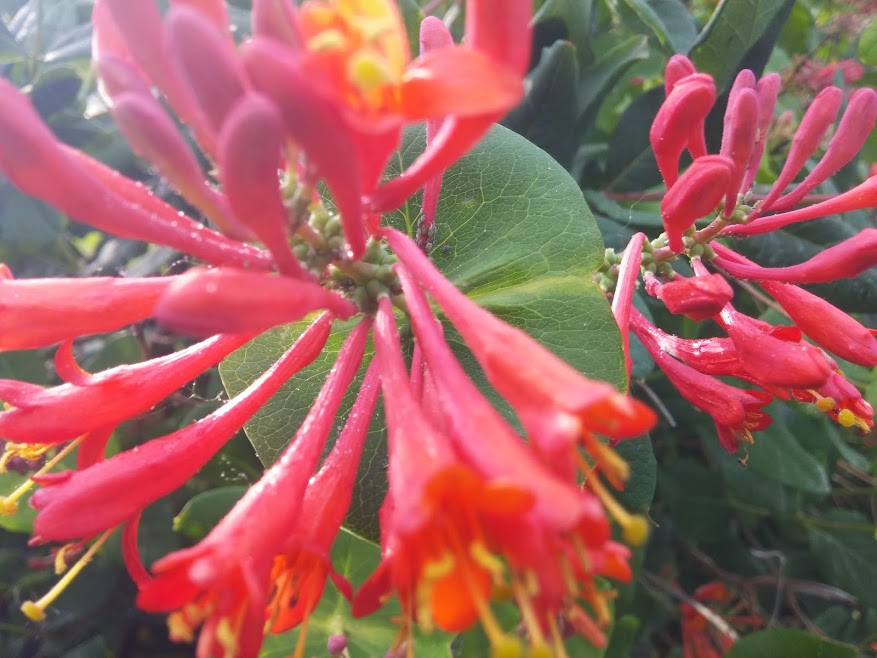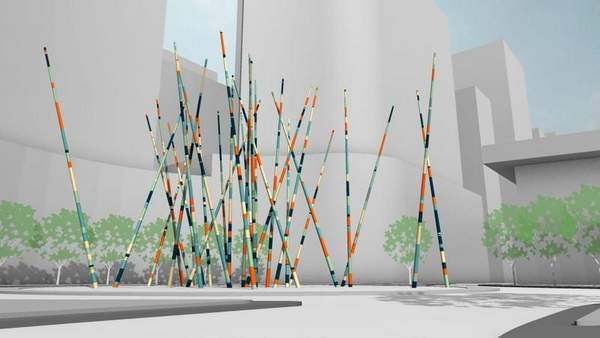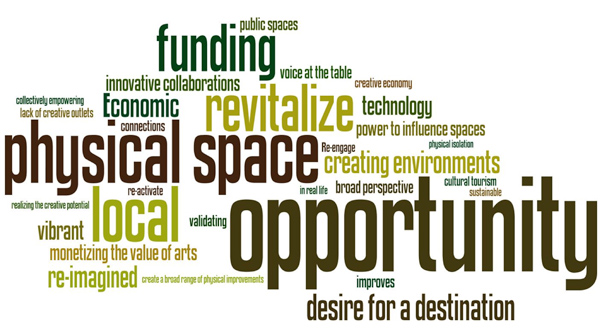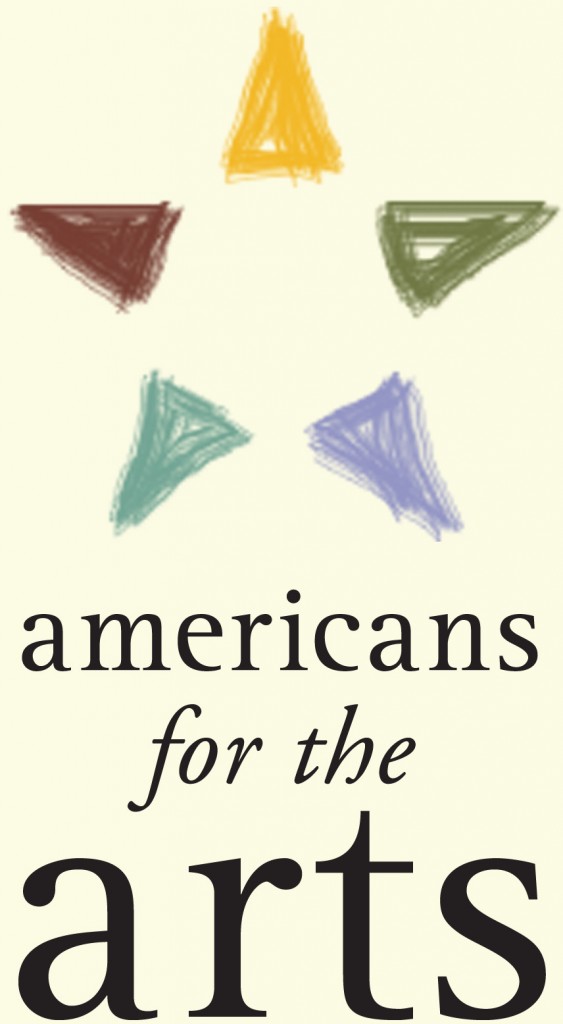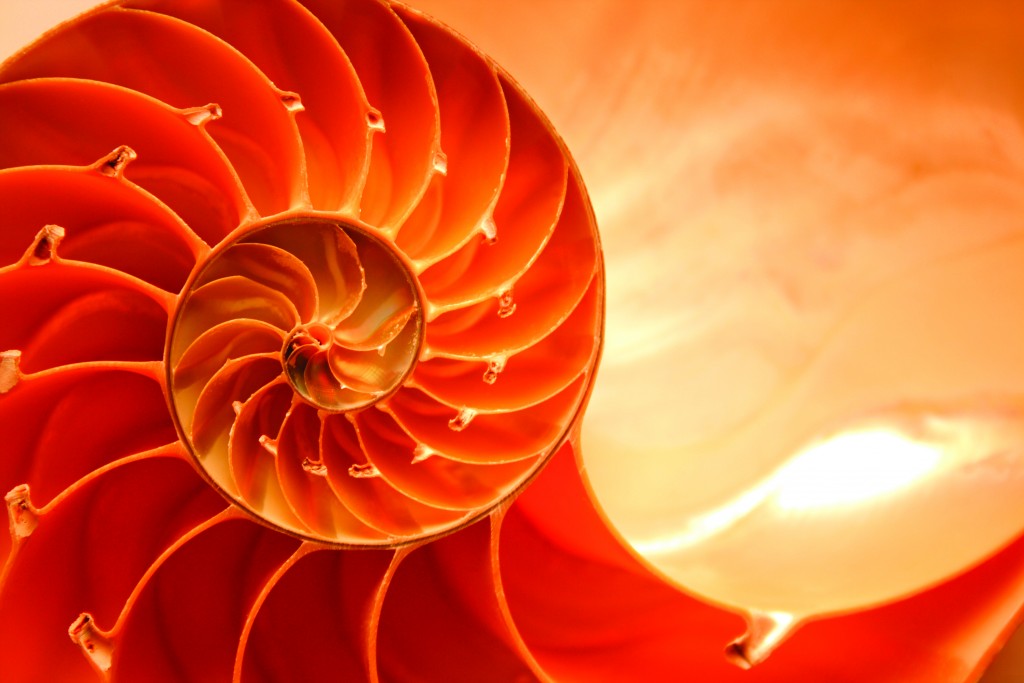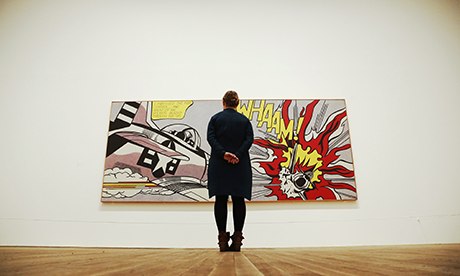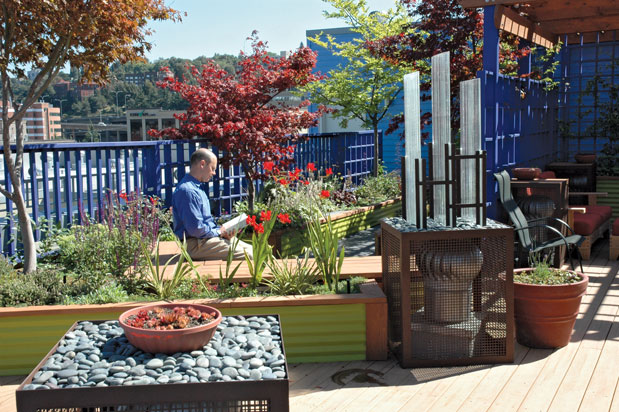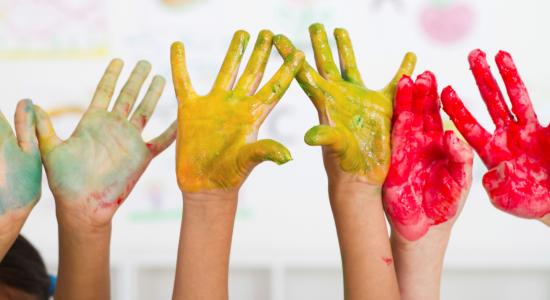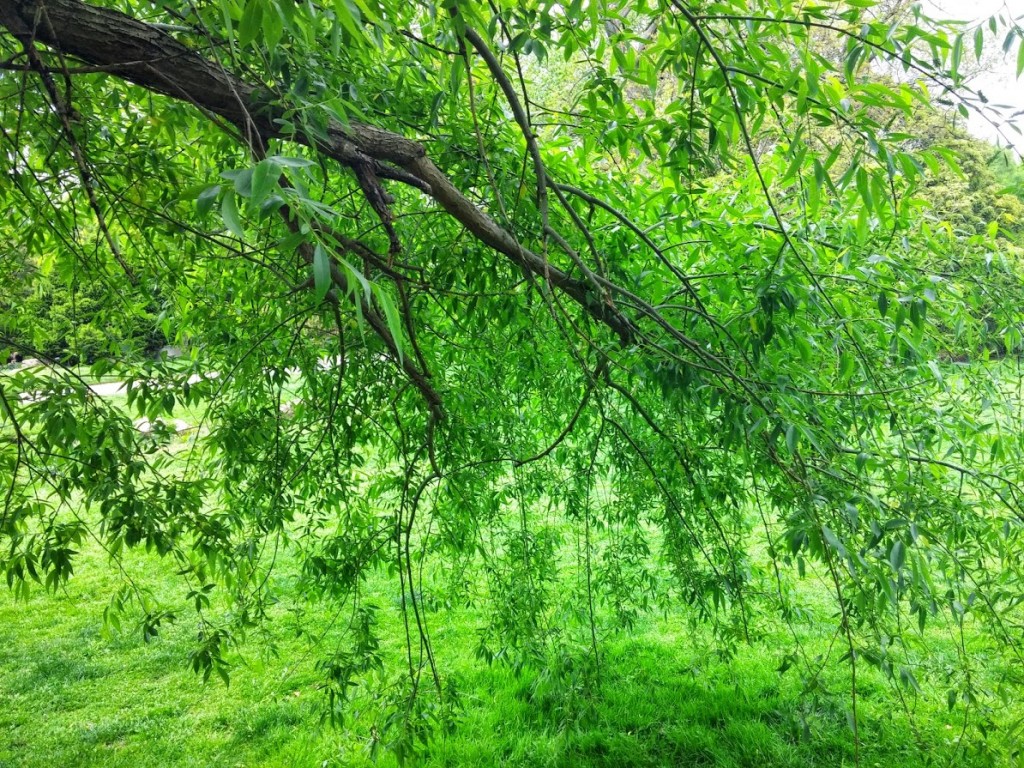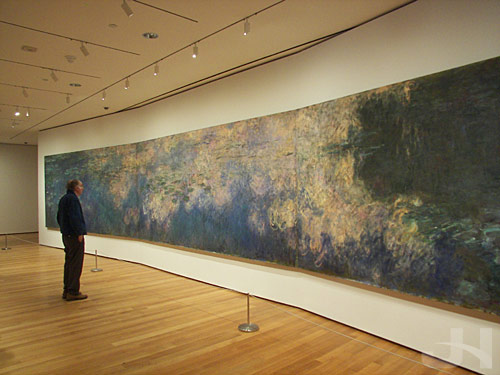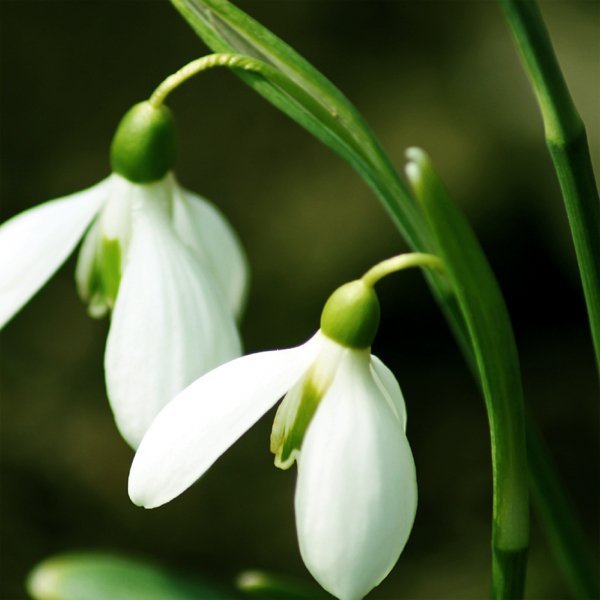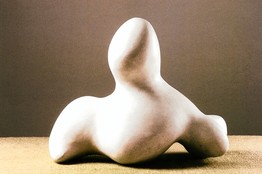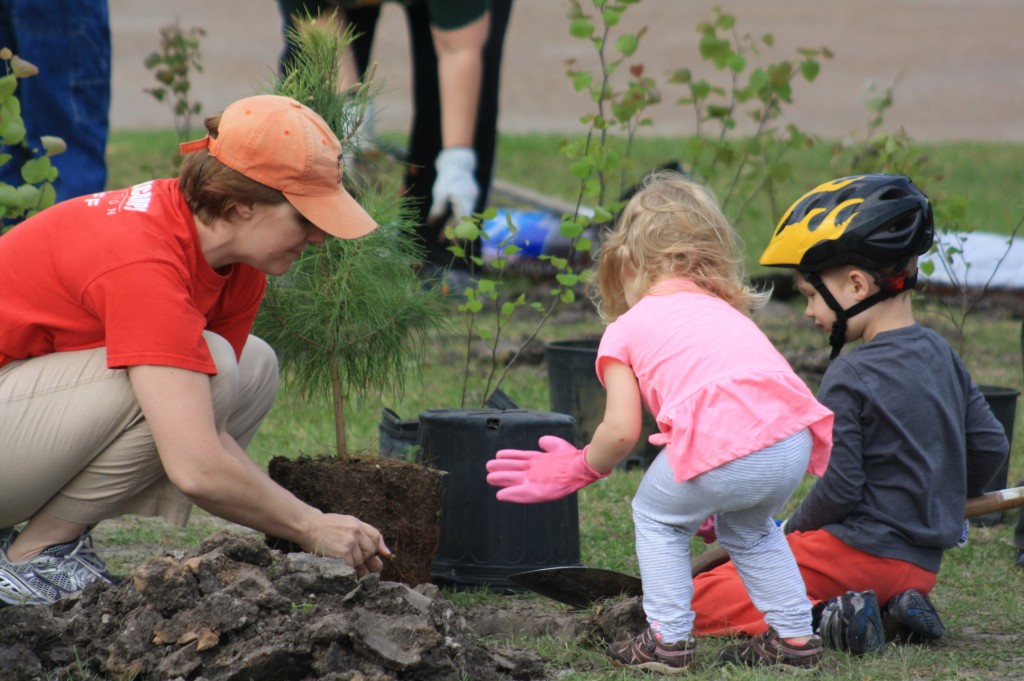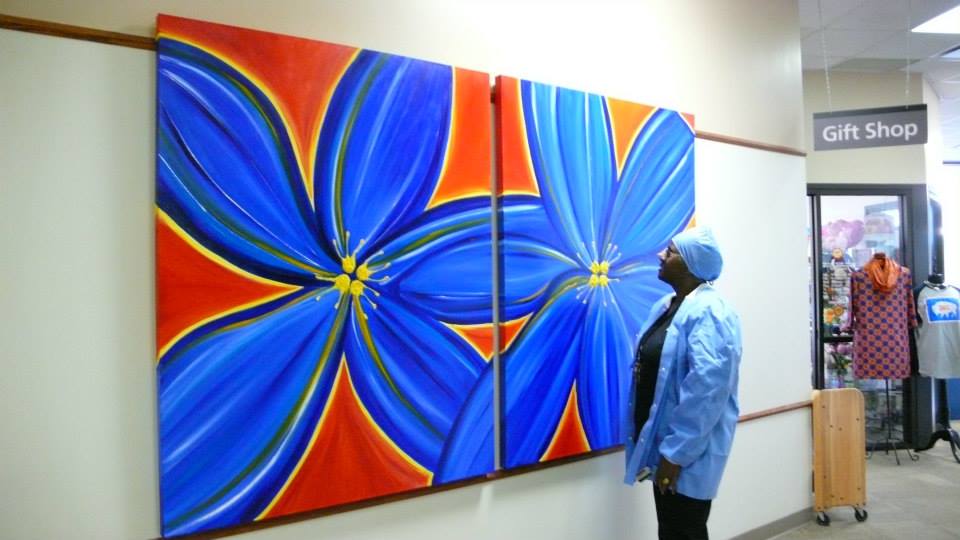
“Creative placemaking not only lifts up a neighborhood physically with murals and sculpture and investments in artist housing, galleries and theaters, it helps strengthen the local economy, as eye-catching storefronts, new cultural activities and intriguing installations bring in customers and attract new businesses. It increases a sense of community identity and local pride. It can make a neighborhood a more interesting, livable place.
But most importantly arts and culture are a powerful force that help shape a neighborhood’s narrative — telling the story of what kind of place it is, changing its reputation and its trajectory.”
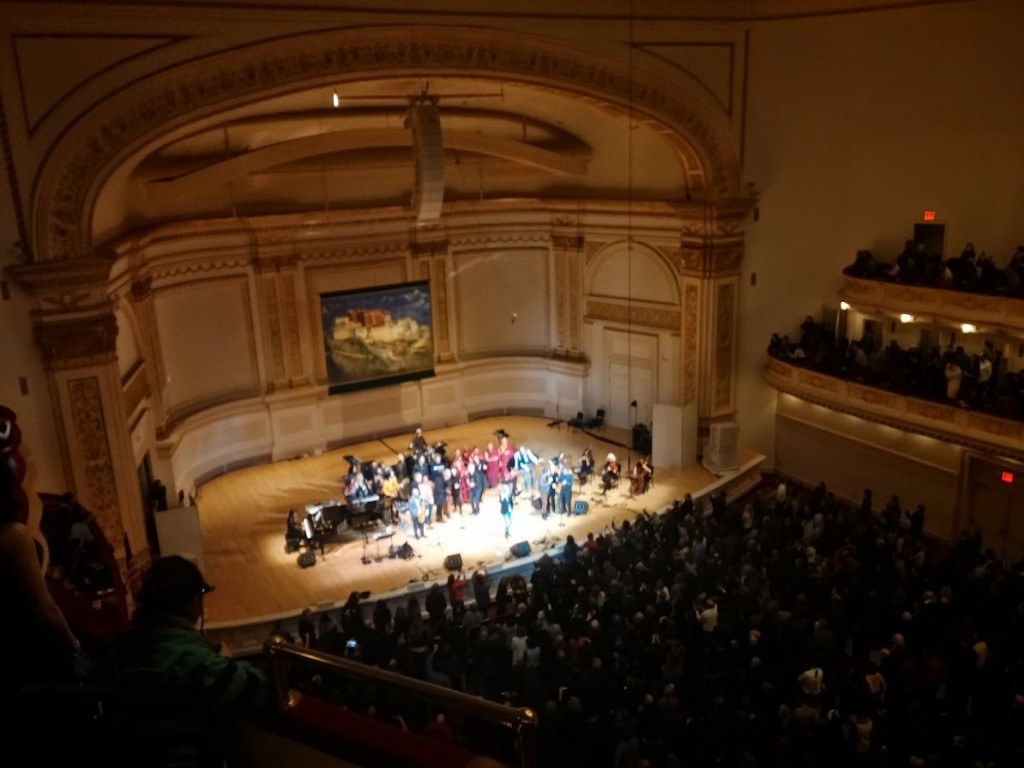
“The arts and cultural industries provide jobs, attract investments, and stimulate local economies through tourism, consumer purchases, and tax revenue. Perhaps more significantly, they also prepare workers to participate in the contemporary workforce, create communities with high appeal to residents, businesses, and tourists, and contribute to the economic success of other sectors.”
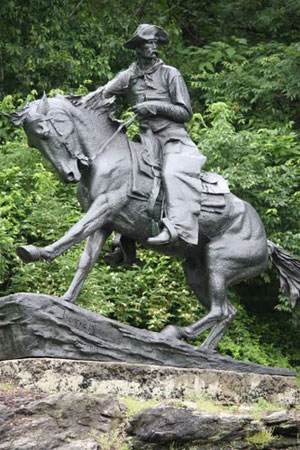
‘According to Bach, studies have looked at the economic development benefits of art, but only just recently have there been wider examinations of the effect of art on a community’s sense of place. The Knight Foundation’s Soul of the Community initiative surveyed some 43,000 people in 43 cities and found that “social offerings, openness and welcome-ness,” and, importantly, the “aesthetics of a place – its art, parks, and green spaces,” ranked higher than education, safety, and the local economy as a “driver of attachment.”’
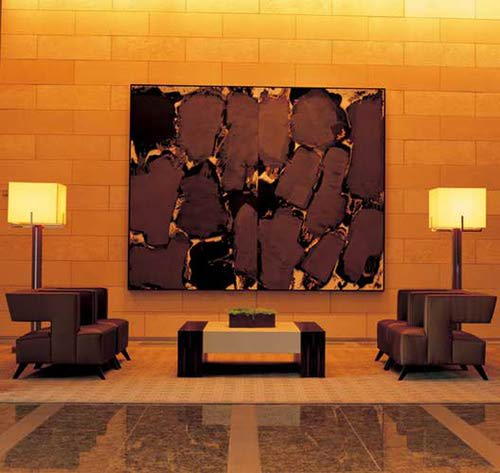
“Shining a spotlight on art and cultural relationships and business provides a better understanding between people of diverse nations. The quest for better communications through the arts help define businesses. By associating with the arts, businesses have discovered that their brands are enhanced and increase their reach and in the end their profitability.”

“Instead of simply treating the outcomes of bad habits, design allows us to create interactions that systematically motivate people to make sustainable changes in their own lives. We can design interventions that target not only the physical body, but also the mind, social situation, environment and internal motivation that drive behavior change.”

“Fundamentally, human nature revels in the creative side of life. Art chronicles the history of humans and some of the very finest individual accomplishments of the human race. Unlike museums of natural history, art museums document and enshrine human creativity. Without creativity, without innovation, there’s nothing new in our future.”
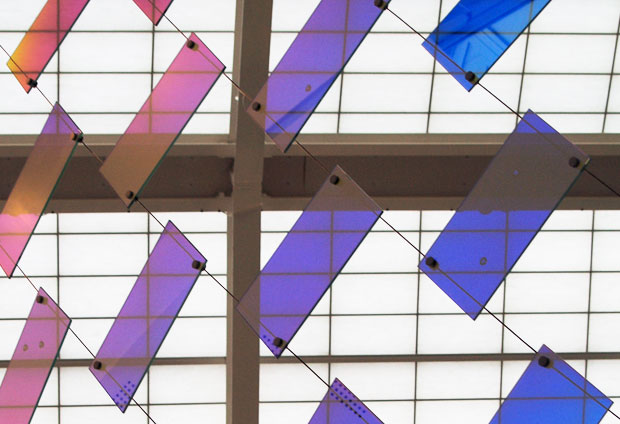
“This report features award winning new hospital architecture, hospital art and their impact on the health of patients.”
“Research has shown the thoughtful use of colours, lights, art, texture and performing arts in hospitals can aid a person’s recovery, and create a lasting impression to everyone who visits and works there.”

“The “Arts & Economic Prosperity IV” study is a valuable document with tons of detailed information drawn from 182 geographical regions.
Southeastern Pennsylvania’s cultural organizations and their audiences have a combined impact of $3.3 billion on the region’s economy.
Arts and culture supports 44,000 full-time equivalent jobs throughout the region.
Arts and culture returns $1.04 billion in household income to Southeastern Pennsylvania residents.
Cultural tourism is a valuable asset for the region, injecting nearly $230 million in direct spending into the economy.”
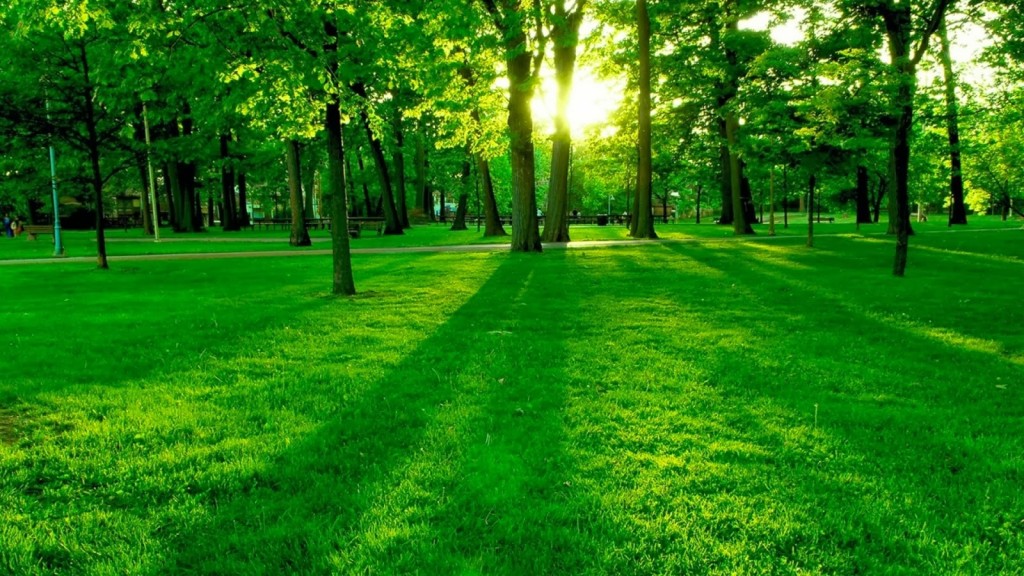
“The role of art in healthcare settings goes back at least as far as the ancient Egyptians. Apparently aware of the fact that images of nature induce healing, they painted murals of nature, usually with blue ceilings to represent the sky and green floors to represent the earth, in their healing temples.”

“The activities of the arts and culture sector and local economic vitality are connected in many ways. Arts, culture, and creativity can
-improve a community’s competitive edge
-create a foundation for defining a sense of place
-attract new and visiting populations
-integrate the visions of community and business leaders
-contribute to the development of a skilled workforce”
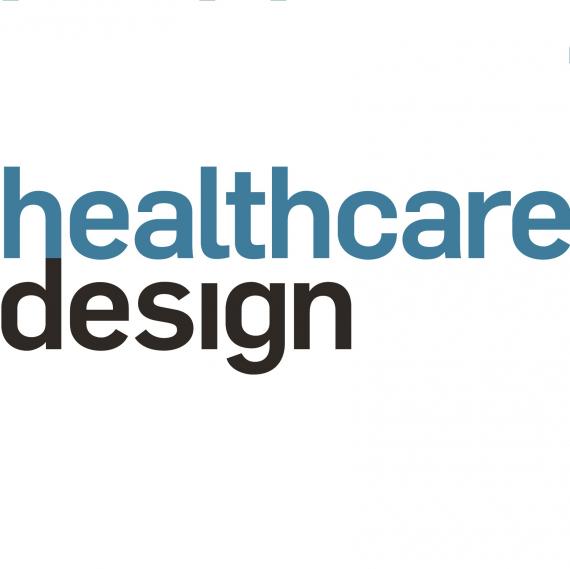
“The benefit of art in healthcare is in the experience of the art. While it may be dismissed by some as merely decoration, decades of research in Europe and the United States concludes otherwise. The role art plays in an overall strategy to produce healing environments has been measured against health and economic outcomes.”

“Rural America is undergoing a profound economic restructuring, and many small towns have turned to their cultural and arts assets as sources of new economic development and a hook for retaining and recruiting young talent. Regional site visits to Wilson and Kinston, North Carolina, provided ideas and inspiration for arts revitalization strategies.”
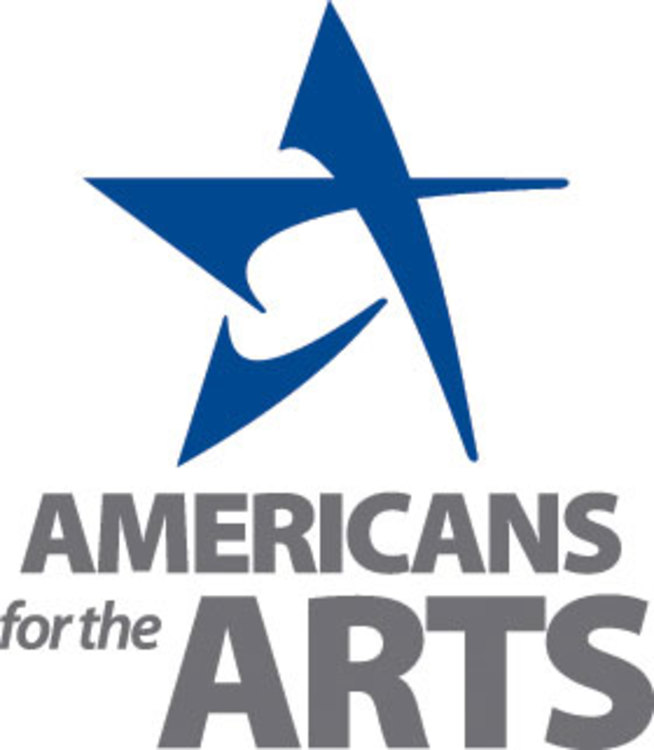
“The arts are essential to the health and vitality of our communities and our nation. They improve the quality of life in our cities and town. They enhance community development; spur urban renewal; attract new businesses; draw tourism dollars; and create an environment that attracts skilled, educated workers and builds your third millennium workforce.”

“Hospitals are turning to art as part of a broader push to create a healing environment as studies show that visual art can help reduce stress for patients and increase satisfaction with care. Dr. Iva Fattorini and Jennifer Finkel, who are both involved with art at the Cleveland Clinic, discuss on Lunch Break with Tanya Rivero.”

“The culture of a community significantly shapes debate and action that lead to development. Local culture also presents unique options for locally based economic, social, and other developments. Local understandings and interpretations of a community’s history reflect past events that feed into and are partially driven by the demands, sentiments, and interests of those in the present. This makes it crucial for community development practitioners to consider the cultural importance of efforts to improve local well-being.”
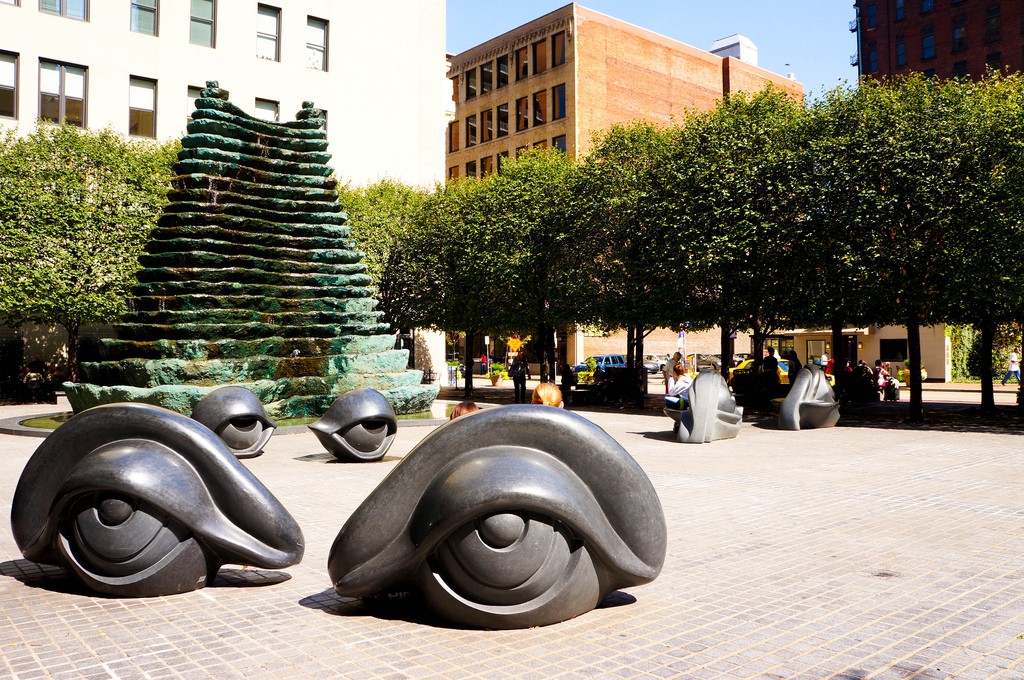
‘Art is not just for artists or relegated to galleries and museums. As Dr. Chu shared during her visit, “Nobody helps make a community distinctive and vital more than the arts – the new paradigm is arts and community vitality are so critical to one another – the arts are there for everyone, they are a part of our everyday lives.”‘

“In the journal “NeuroImage”, Emory University School of Medicine researchers found that parts of the brain involved in making decisions, taking risks and experiencing pleasure — the ventral striatum and the hypothalamus — are activated more from viewing paintings than photographs that represent similar themes.”
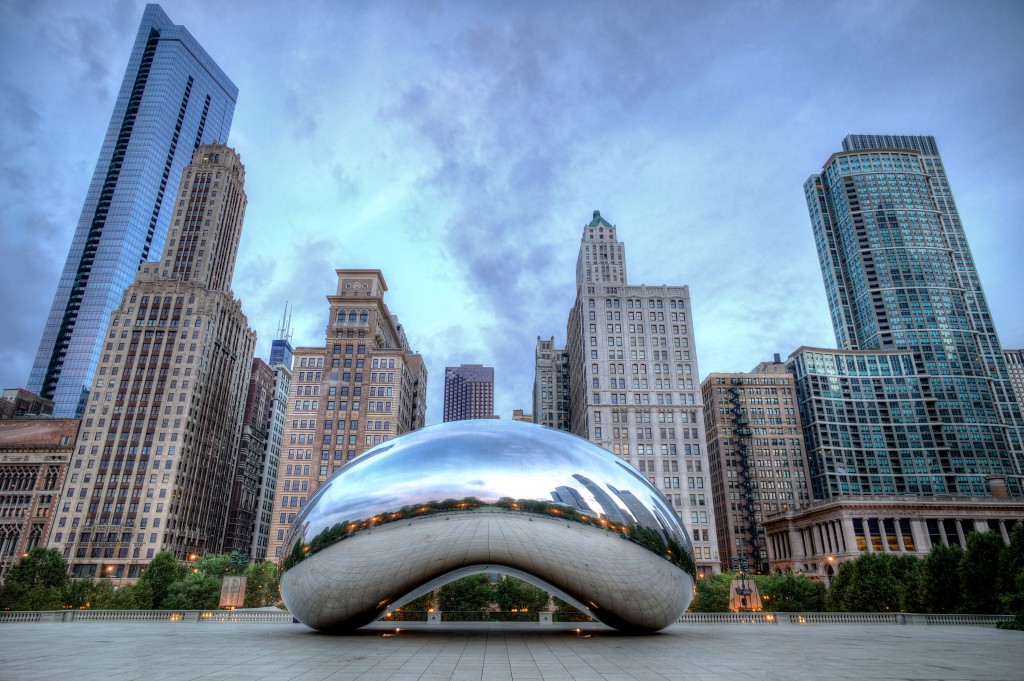
“Placemaking is the art of developing a public space that attracts people. In the process, it almost always pays economic dividends back to the community.”
“Places that incorporate local heritage and artists attract more tourists, and residents feel a stronger connection to such places. The Arts and Economic Prosperity III report from Americans for the Arts states that annual support in the arts generates a 7:1 return.”
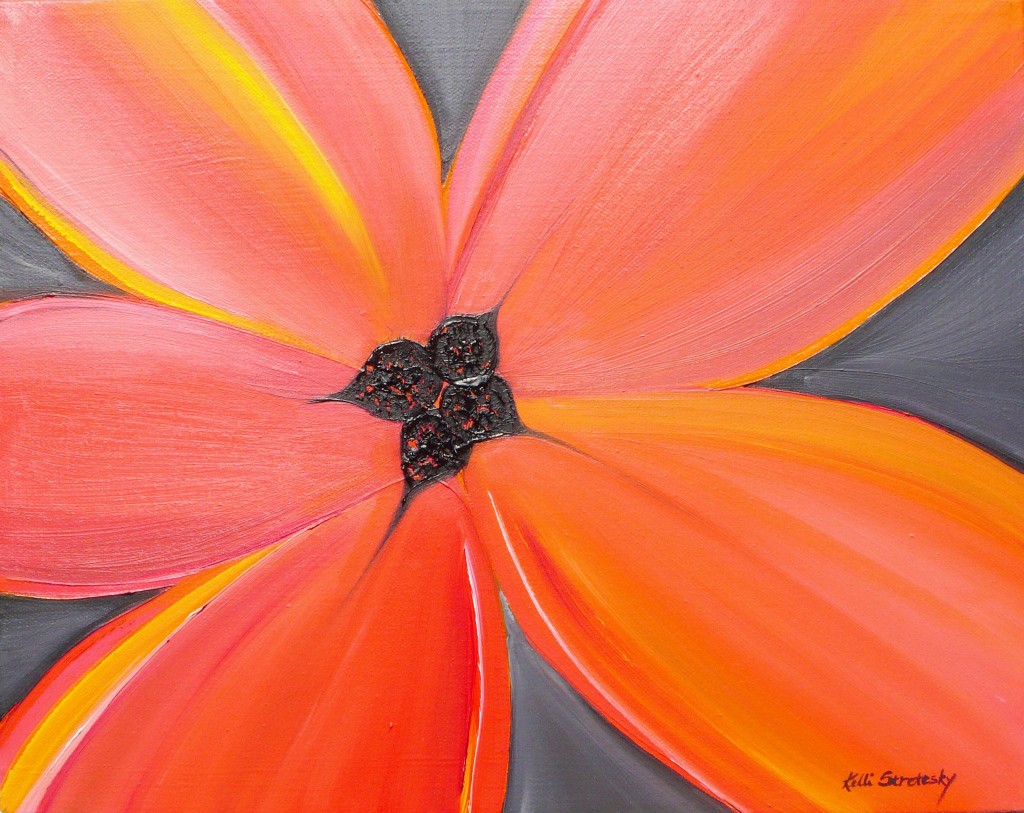
“More specifically, there is evidence that engagement with artistic activities, either as an observer of the creative efforts of others or as an initiator of one’s own creative efforts, can enhance one’s moods, emotions, and other psychological states as well as have a salient impact on important physiological parameters.”
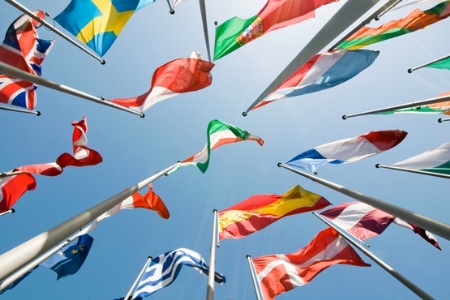
“It starts with the inherent value of culture, continues through all the social and educational benefits and only ends with the economic.”
“The inherent value of culture, its contribution to society, its symbiotic relationship with education and, yes, its economic power (but in that order) … this is what we call the holistic case for public support of arts and culture.”
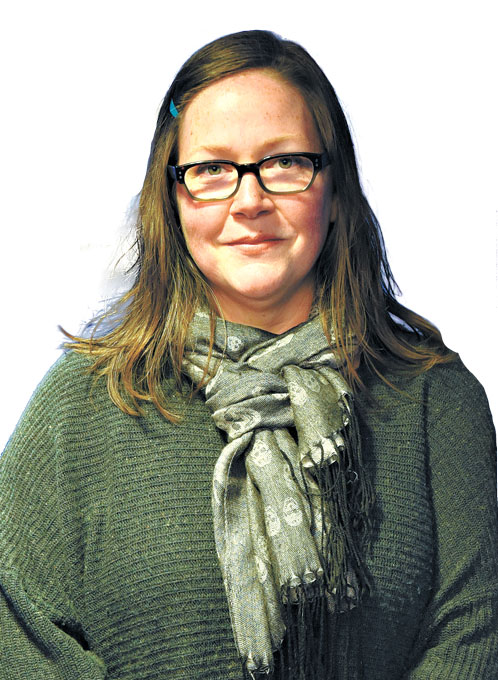
“Communities with visible, thoughtful public art thrive because people want to be there. Public art invigorates our sense of place and excites us about where we are. In turn, art bolsters civic fundamentals: pride, economic growth and population retention.”
-OKC artist Romy Owens makes case for further investments in public art.

“The arts give people a creative voice, a path to leadership, a way to express shared values, and to create a shared experience working together toward meaningful outcomes. There is consensus among social scientists, historians, educators, and activists that it is exactly these kinds of experiences that helps to build community. Working in and through the arts becomes another way to help people meet the economic, ecological and social challenges of the future.”
